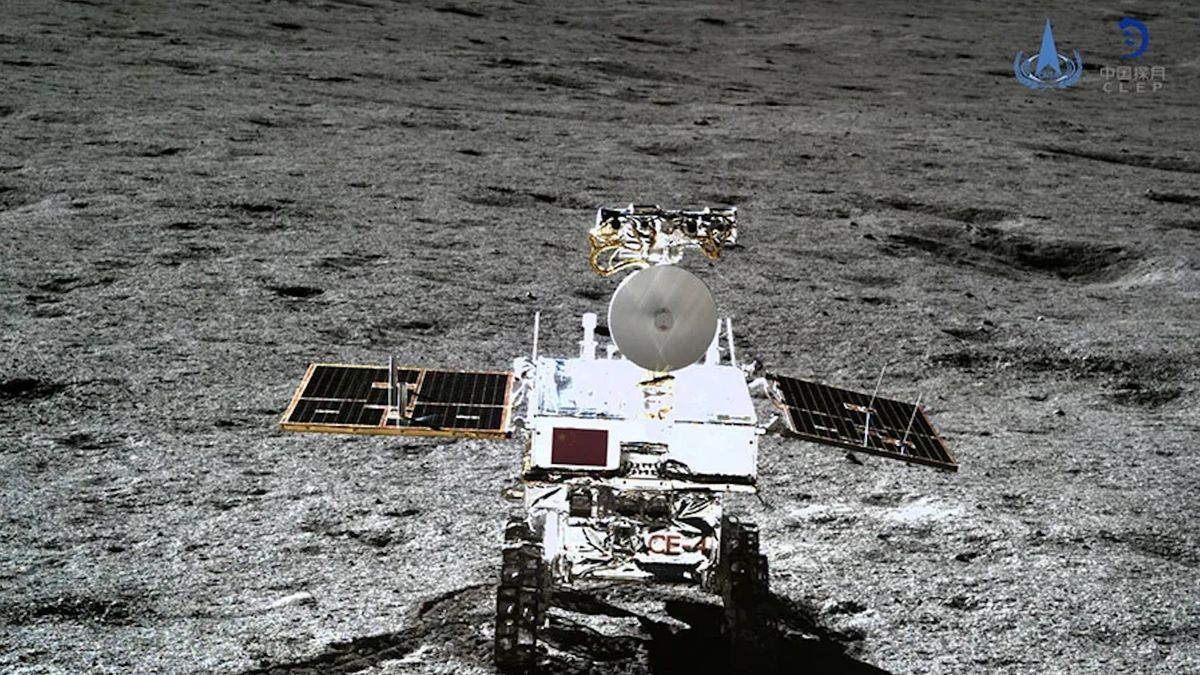China Releases Detailed Geologic Atlas of the Moon
China has recently unveiled a remarkably intricate geologic atlas of the moon. This comprehensive atlas, presented in both Chinese and English languages, provides a meticulous depiction of the moon’s surface with an impressive scale of 1:2.5 million. It showcases a plethora of fascinating geological features, including impactful craters that have captured the attention of researchers and enthusiasts alike.
Insights Into Lunar Geology
Esteemed senior researcher Liu Jianzhong from the Institute of Geochemistry, Chinese Academy of Sciences (IGCCAS), shed light on some of the most captivating elements of the atlas during an interview with China Central Television (CCTV). He highlighted the distinctive “ring structure” on the lunar surface, explaining that each ring signifies a significant impact event. Furthermore, Liu underscored the distinction between small impact craters and vast impact basins, with the latter boasting a colossal diameter exceeding 200 kilometers (125 miles). Remarkably, the atlas categorizes geological features based on age groups, with the eldest impact craters depicted in striking purple hues.
Development of the Atlas
The meticulous work on this lunar atlas commenced back in 2012, with Chinese scientists and cartographers diligently drafting the intricate details of the moon’s surface. Over the years, China has spearheaded a series of lunar missions, such as Chang’e 1 and Chang’e 2, dedicated to mapping the lunar terrain. Subsequent Chang’e missions, including Chang’e 3 and Chang’e 4, involved the deployment of landers and rovers on both the near and far sides of the moon, further enriching our understanding of Earth’s celestial neighbor. Notably, the Chang’e 5 mission successfully collected samples from the near side of the moon in 2020, paving the way for groundbreaking discoveries.
Significance of the Atlas
Eminent lunar scientist Ouyang Ziyuan emphasized the invaluable insights that the lunar atlas offers, delving into the moon’s rich history, resource distribution, and the prospective avenues for future lunar exploration. China’s ambitious plans include the establishment of an International Lunar Research Station (ILRS) in the 2030s, with aspirations to deploy the first astronauts to land on the moon before 2030. This monumental endeavor marks a significant milestone in China’s space exploration ambitions, propelling the nation to the forefront of lunar research and exploration.
Image/Photo credit: source url





